But What About Socialisation?
“What about socialisation?” is probably the most frequently asked question about home education, but the idea that homeschooled students miss out on social opportunities or have trouble developing social skills is a myth. This myth comes from decades ago when home-educating students were more isolated, when no one had mobile phones, emails, or the internet. Phone calls were expensive and most families had one car so travel was often limited to public transport. These days, with an increasingly growing home education community, access to instant communication and easy transportation, most homeschoolers have a wealth of amazing social opportunities.
There is a lot written about socialisation and home education and we have included links to some excellent articles that explore different viewpoints at the end of this page. To begin with though, here are some key points for you to start exploring ideas about socialisation.
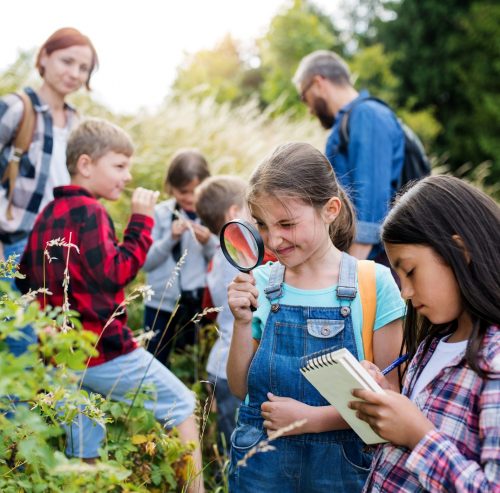
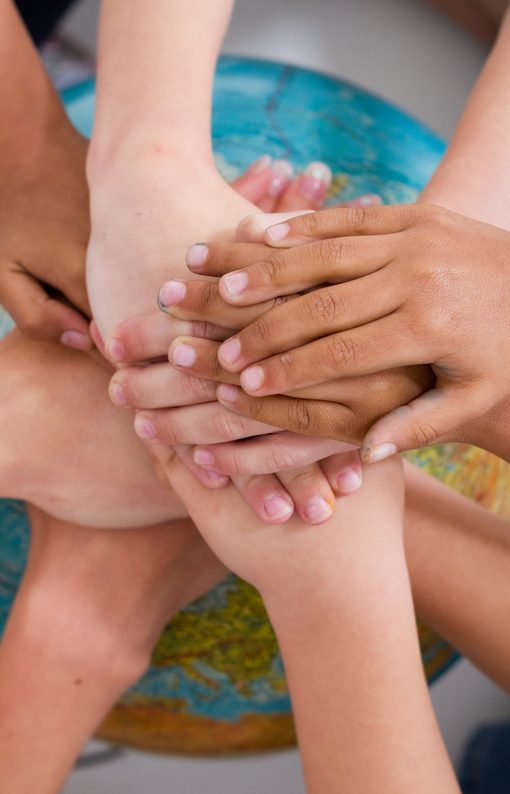
Home Education and Socialisation
Home educated students have plenty of opportunities to socialise
The typical home educated student is not deprived of social skills or experience, but is regularly involved in activities such as sports, Scouts, youth groups, ballet, neighbourhood play, playing with friends and relatives, part-time employment or work experience, volunteer work, special interest classes, workshops, excursions and classes for home educating students, mentoring and interaction with people within their communities.
There is ample evidence that home educating students have great social skills
Research on socialisation indicates that the home educated student:
- is often more socially mature and has a higher self-concept
- has a far wider range of social skills
- has fewer behavioural problems and is more socially and emotionally well-adjusted.
Home-educated students socialise vertically as well as horizontally
Students in schools socialise horizontally – with people their own age. Home-educated students socialise with their peers too, but also learn to interact with people of all ages including adults. This often provides many advantages for students in the workplace and in life. It also means that they have many more role models for healthy social skills than students whose role models are people their own age.
There is a difference between socialisation and social skills
Often when people talk about socialisation, they’ve never taken the time to consider what that actually means. The Random House Dictionary, 2009 defines ‘socialisation’ as,
- a continuing process whereby an individual acquires a personal identity and learns the norms, values, behaviour, and social skills appropriate to his or her social position.
- to convert, conform or adapt to the needs of society.
Socialisation is a process of learning the norms of society, learning one’s ‘social position’ and status in society and learning to conform or adapt to the demands of society.
Social skills include conflict resolution, cooperation and collaboration, communication, negotiation, empathy and perspective-taking, making friends and navigating friendships, active listening and respect. Schools are not always very good at teaching social skills and social skills can easily be learned at home.
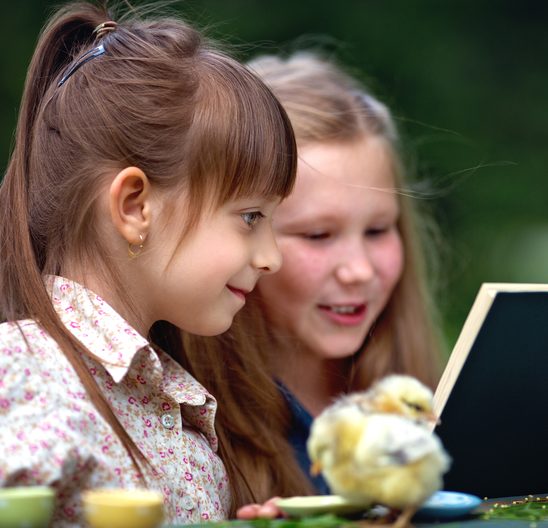

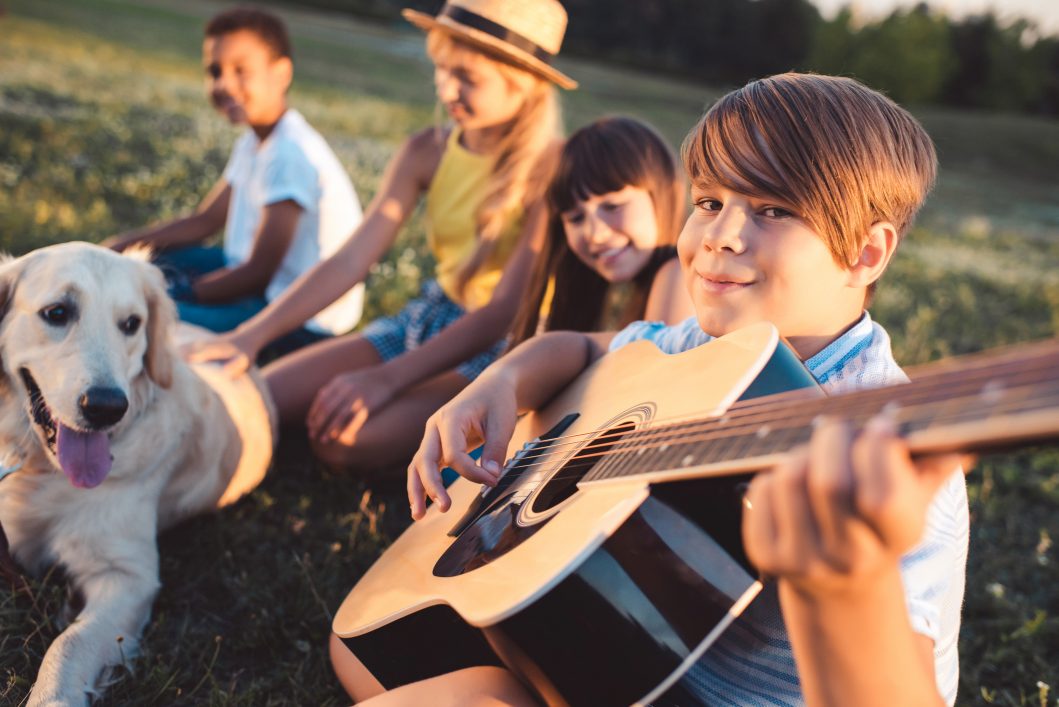
School does not guarantee socialisation
People often confuse forced association with socialisation. Placing people of the same age together does not guarantee socialisation. Many people assume that if students go to school, they will learn social skills or be guaranteed healthy and happy social opportunities, but this is not necessarily the case.
Ask any adult about their social experience at school. Some people went to school and were bullied every day of their lives. Some people went to school and spent recess and lunchtimes in the library reading. Some people went to school and never developed any close friendships there or felt like they fit in, but perhaps developed friendships through outside school hours activities where they found people of similar interests.
School is not a guarantee of learning positive social skills or of learning to fit the norms of society. Consider the adults whose behaviour in society is considered highly anti-social – crime, violence etc. The vast majority (if not all) of these people went to school. There are also people who went to school but who still don’t have the skills for maintaining healthy communication and relationships. School may provide some positive social opportunities for some people, but it is not a guarantee!
Students do not need daily contact with 30 people to develop friendships
People sometimes assume that an advantage of schooling is that students are associating with around 30 others and that they are all friends. This is not the case. Most people’s friendship patterns consist of a couple of close friends, a circle of around 3 – 7 people they associate with regularly and a wider circle of friendly acquaintances. Of course, this differs from person to person, but students at school do no associate socially with 30 people – it’s still just a few close friends if they are lucky to have that, and perhaps a few others they associate with.


Some students have social challenges with or without school
Sometimes people say, “I know some homeschoolers who are socially awkward.” To that we say, “I know some students who go to school and who are socially awkward.” Whether it’s the idea of awkwardness or other social challenges, some children are going to find aspects of socialisation difficult – whether they go to school or not. This can be due to neurodiversity, social anxiety, giftedness or other causes. If a home-educating child has social challenges, there is no evidence that sending them to school will give them better social skills. In fact, many students improve socially out of school, away from pressure, anxiety or bullying and with support to navigate social problems, smaller groups to interact with, a greater variety of ages to interact with and an ability to find people who share their interests.
What social skills do students learn at school?
Whilst there can be positive social learning to be gained at school, there are also many unhealthy attitudes embedded in school social structure such as competition that encourages getting ahead at the expense of others, that bullying and unkindness is regrettable but inevitable and normal, individualism where helping others may be seen as cheating, social status such as a social pecking order and popularity based on superficial traits, going with the crowd, anti-social behaviour from a sense of self-preservation, elitist thinking that some people are better than others, the need to be a good boy/girl in order to please authority or receive a reward, the idea that siblings are annoying and not friends, not trusting our intuition or feelings, consumerist thinking and conformity to the values of others.
Some of these attitudes are also embedded in society and hard to avoid, but for some students the unhealthy attitudes they are surrounded by at school far outweigh the advantages. Each person’s experience is different, but for those who feel like students will miss out on socialisation if they are not at school, it’s worth considering both sides of school socialisation. As John Holt said, “when I point out to people that the social life of most schools is mean-spirited, status-oriented, competitive, and snobbish, I am always astounded by their response. Not one person of the hundreds with whom I’ve discussed this has said to me that the social life at school is kindly, generous, supportive, democratic, friendly, loving or good for children.”

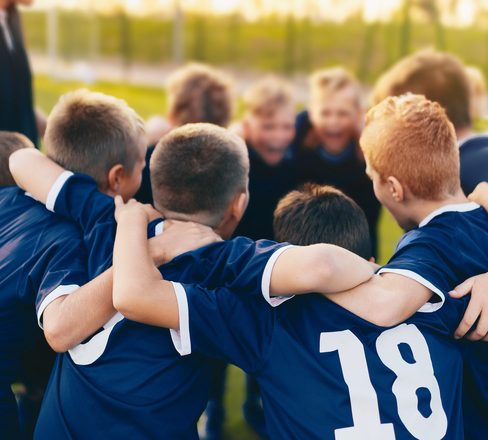
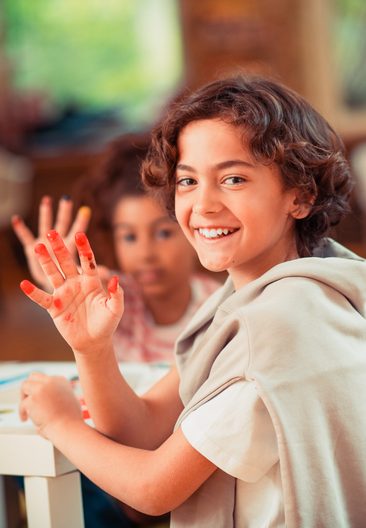
Answering Questions about Socialisation
As a home-educating parent, you may encounter other people who express concern about home education and socialisation. Some people have a fixed mindset on this issue and no amount of explaining or evidence or discussion or asking them to question will make any difference. With people like this, it’s best to say something like, “you have your opinion and I have mine and that’s okay – let’s agree to disagree.” You may need to communicate boundaries with some people and ask them to keep their opinions to themselves.
Other people who express concern are genuinely curious or just don’t know anything about home education and may even believe that home-educating students stay home all the time and can’t go out. With these people, when you take the time to explain the opportunities your children, what socialisation means to you and your experience of other home educating students, they will likely respond positively or with interest.
With family members or relatives who have concerns, something that is often effective is to ask them to suspend their concerns for a period of time while you give home education a try. Assure them that after 6 months or a year, you’ll assess your child’s social skills and check that they have appropriate social opportunities. You might like to invite them to be part of this discussion. It can be very hard to convince people of something before you’ve started home education, but often once you’ve started and people see that your child is happy, learning and has social opportunities, their concerns disappear.
Resources
Here are just a few of the many excellent articles that provide a range of different ideas and perspectives about home education and socialisation.
Homeschooling and Socialisation
The Question Everyone Asks… Socialisation
Homeschooling, Socialization, and the New Groupthink
Homeschooled Children are Far More Engaged Than You May Think
Why Homeschooling is Great for Socialisation
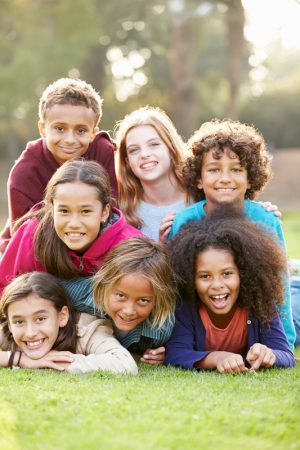
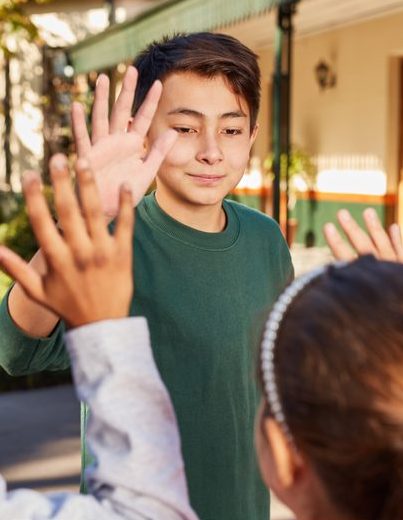
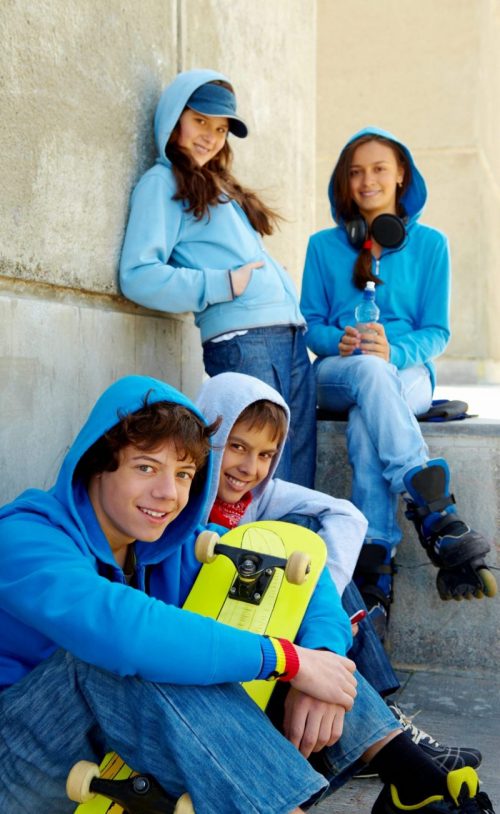
Home Education and Resilience
Sometimes home educating families are accused of “wrapping their child in cotton wool” – not letting them encounter enough problems to develop resilience or keeping them away from the “real world.”
Once students have left school, there is nowhere else in society where you are only allowed to socialise with people the same age as you. Most school students are lucky to have one or two excursions outside the school grounds in a year. In the workplace, people usually aren’t discouraged from seeking help from others or collaborating. School doesn’t really resemble ‘real life’ and home educated students are lucky to be able to interact in and with the ‘real world’ constantly.
What is resilience?
Resilience is usually defined as the capacity to recover from difficult life events.
“It’s your ability to withstand adversity, bounce back and grow despite life’s downturns,” said Amit Sood, MD, the executive director of the Global Center for Resiliency and Well-Being and former professor of medicine at the Mayo Clinic in Rochester, Minnesota.
Dr. Kenneth Ginsburg (a pediatrician specializing in Adolescent Medicine at the Children’s Hospital of Philadelphia, a Professor of Pediatrics at the University of Pennsylvania School of Medicine, and Co-Founder and Director of Programs at Center for Parent and Teen Communication) talks about the 7 C’s of Resilience.
Ginsburg’s 7 C’s, or essential building blocks of resilience are:
“Competence: When we notice what young people are doing right and give them opportunities to develop important skills, they feel competent. We undermine competence when we don’t allow young people to recover themselves after a fall.
Confidence: Young people need confidence to be able to navigate the world, think outside the box, and recover from challenges.
Connection: Connections with other people, schools, and communities offer young people the security that allows them to stand on their own and develop creative solutions.
Character: Young people need a clear sense of right and wrong and a commitment to integrity.
Contribution: Young people who contribute to the well-being of others will receive gratitude rather than condemnation. They will learn that contributing feels good and may therefore more easily turn to others, and do so without shame.
Coping: Young people who possess a variety of healthy coping strategies will be less likely to turn to dangerous quick fixes when stressed.
Control: Young people who understand privileges and respect are earned through demonstrated responsibility will learn to make wise choices and feel a sense of control.”
– From “Fostering Resilience” http://www.fosteringresilience.com/7cs.php
Ginsburg’s website elaborates on the 7 C’s with questions that parents can ask themselves about how they foster resilience: http://www.fosteringresilience.com/7cs_parents.php
He also offers a document that schools can use to assess how well they are fostering resilience in children. If your child is still at school or has recently left school, you can use this document to see how well the school is, or has been fostering resilience. Where a questions asks something like “do we notice what students do well or focus more on their mistakes,” you can ask yourself, “does the school usually notice what students do well or do they focus more on mistakes.”
http://www.fosteringresilience.com/pdf/7cs_professionals.pdf
Do problems make you stronger?
A criticism of home education that sometimes arises, is people believing that bullying, abuse, trauma or problems made them stronger people.
There are several ideas to unpack here. One is the difference between survival and resilience. Coping, surviving or learning to put up with damaging or stressful situations is NOT the same as being resilient. Coping mechanisms such as emotional armouring, extreme independence, not asking for help, not letting people get close to you, a constantly skeptical nature, not being able to share your feelings – or sometimes even recognise your feelings, pretending to be fine when you’re not and many more, although they may make someone feel like a strong person, can often be unhealthy in the long-term.
However, we also know that challenges in life can help people build resilience, develop new skills, and strength of character.
The difference in the type of stress a child experiences when facing adversity. The Harvard University Center on the Developing Child states, “The future of any society depends on its ability to foster the healthy development of the next generation. Extensive research on the biology of stress now shows that healthy development can be derailed by excessive or prolonged activation of stress response systems in the body and brain. Such toxic stress can have damaging effects on learning, behavior, and health across the lifespan”
Stress can be divided into 3 categories – positive, tolerable and toxic. Positive stress is brief and a natural part of life. It’s life’s little ups and downs, challenges and hurdles and typically leaves has no long-term damaging results.
Tolerable stress is a result of longer and more intense difficulties, but if children are supported the navigate the experience, the long-term effects on health and learning can be mitigated. The thing that makes the difference here is not the type of stress that the child experiences, but the environment they are in and the support they receive as they deal with it. If children are left unsupported, the stress can become toxic.
Toxic stress happens when a child experiences strong, frequent, and/or prolonged adversity without sufficient adult support. “This kind of prolonged activation of the stress response systems can disrupt the development of brain architecture and other organ systems, and increase the risk for stress-related disease and cognitive impairment, well into the adult years.” We know from research that childhood trauma and toxic stress have many health implications well into adulthood.
So when people say that challenges made them stronger, that may be the case. If they were bullied, but had supportive parents who helped them understand what was happening, that it was not acceptable and helped them to resolve the problem or end the bullying, a child may well have learned and grown from that. But if a child was bullied for a long period of time and no-one did anything about it, and they were left to cope with it alone and unsupported, that would be toxic stress and would likely have long-term negative consequences on physical or mental health.
Young people will always face challenges in life. There is no need to place students in situations where they are abjectly miserable, unhappy or treated badly in order to make them stronger. Life will provide problems – giving children age-appropriate guidance, strategies and support to deal with these experiences is what leads to resilience and true strength.
https://developingchild.harvard.edu/science/key-concepts/toxic-stress/



